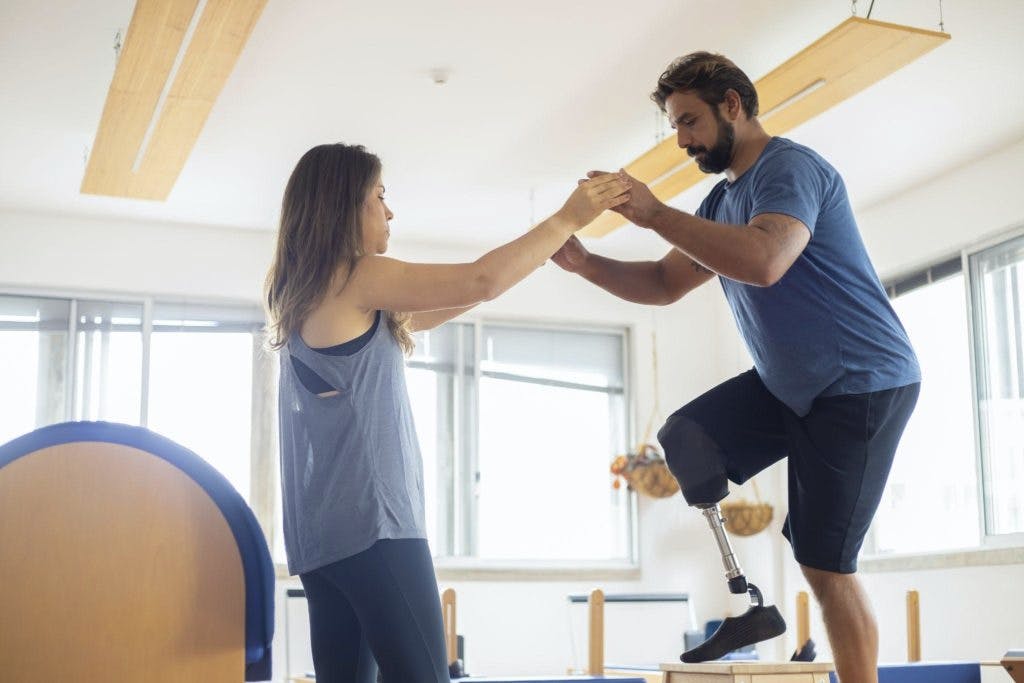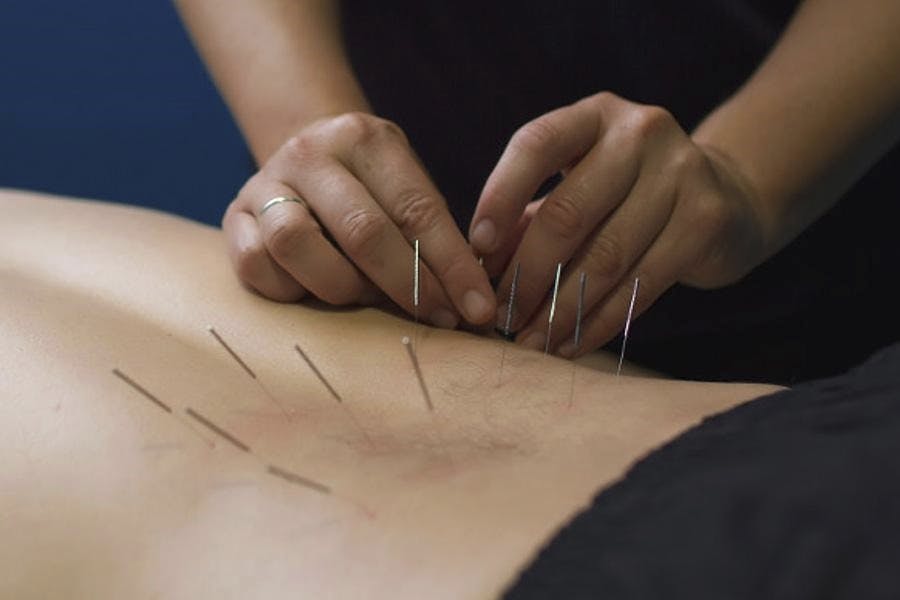Mobility is a key component of physical therapy. It focuses on improving the range of motion and movement patterns of a joint or body part.
Physical therapists may use a variety of techniques to help improve their patients’ mobility, including stretching, range of motion exercises, and massage.
Regaining mobility enhances the patient’s overall quality of life in addition to restoring the function of their joints or limbs.
Mobility therapy uses mechanical force and movements to rehabilitate the injured body part and restore its strength, just like other forms of physical therapies.
A licensed healthcare provider, such as a physical therapist or physiotherapist, should carry out mobility therapy. Since muscles, bones, organs, and even blood vessels are sensitive and can be further damaged by poor technique use, this therapy’s techniques are not suitable for beginners.

Who Should Take part and What Can Happen?
Mobility therapy is an option for people of all ages, particularly if a recent surgery, sickness, or injury has left them with limited range of motion in any portion of their body.
Those who benefit most from mobility therapy include:
- Individuals with orthopedic problems. Mobility therapy has the potential to considerably alleviate a number of musculoskeletal system conditions. This kind of physical therapy can also help patients who have had orthopedic surgery.
- Athletes that are susceptible to bodily harm
- Children who struggle with balance and motor skills
- Patients with multiple sclerosis who may be experiencing symptoms like fatigue, limb weakness, or balance and mobility problems.
- Neck and back pain can have a significant impact on a person’s mobility, especially because these areas include the spine.
- Brain injuries that might affect a person’s movement and motor skills
- Concussion, a modest form of brain damage brought on by a quick blow to the head.
- Having trouble walking, which can be brought on by illness, accident, or congenital issues
- Headaches and vertigo, which can impair one’s ability to move about without assistance
- Abnormalities of the nervous system, including Parkinson’s disease
- Stroke
- Tendonitis
- Main joints strained or sprained
- Patients who have just undergone joint replacement surgery can also receive mobility therapy.
How is the Mobility procedure carried out?
Physical therapists employ a variety of techniques for mobility rehabilitation, such as:
- Joint manipulation or mobilization – This usually entails massages, exercises, and the use of therapeutic equipment to achieve the same result.
- Exercises that stimulate the joints, tissues, and muscles are known as therapeutic exercises. These are frequently carried out under the guidance of a physical therapist.
- Exercises for muscle re-education can shorten the recovery time following a major operation or traumatic injury.
- Applying cold or hot packs to joints, muscles, or other body parts.
- Dry needling is a technique used to treat muscle discomfort that is comparable to acupuncture and involves filiform or hypodermic needles. These needles are placed in the body at certain locations.

Benefits:
The benefits of mobility are numerous. Improving range of motion can help relieve pain, improve joint function, and prevent injury. mobility can also help improve balance and coordination, and increase strength and flexibility.
Consequences and difficulties:
Mobility treatment is often secure and poses no significant dangers to the patient when carried out by a licensed and expertly trained physical therapist.
Finally: If you are interested in improving your mobility, Austin physical therapy can help. Our experienced therapists can create a customized mobility program that is tailored to your individual needs and goals.
Contact us today to know more.
Thank You!!
